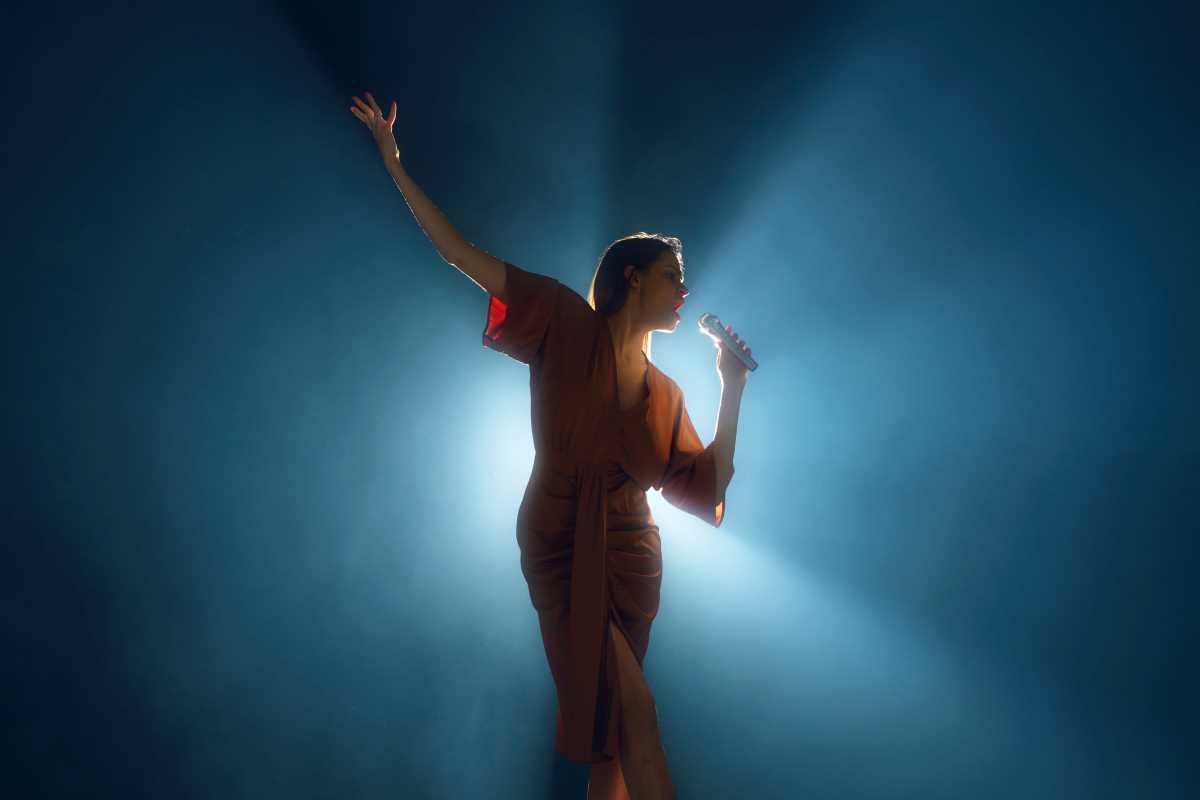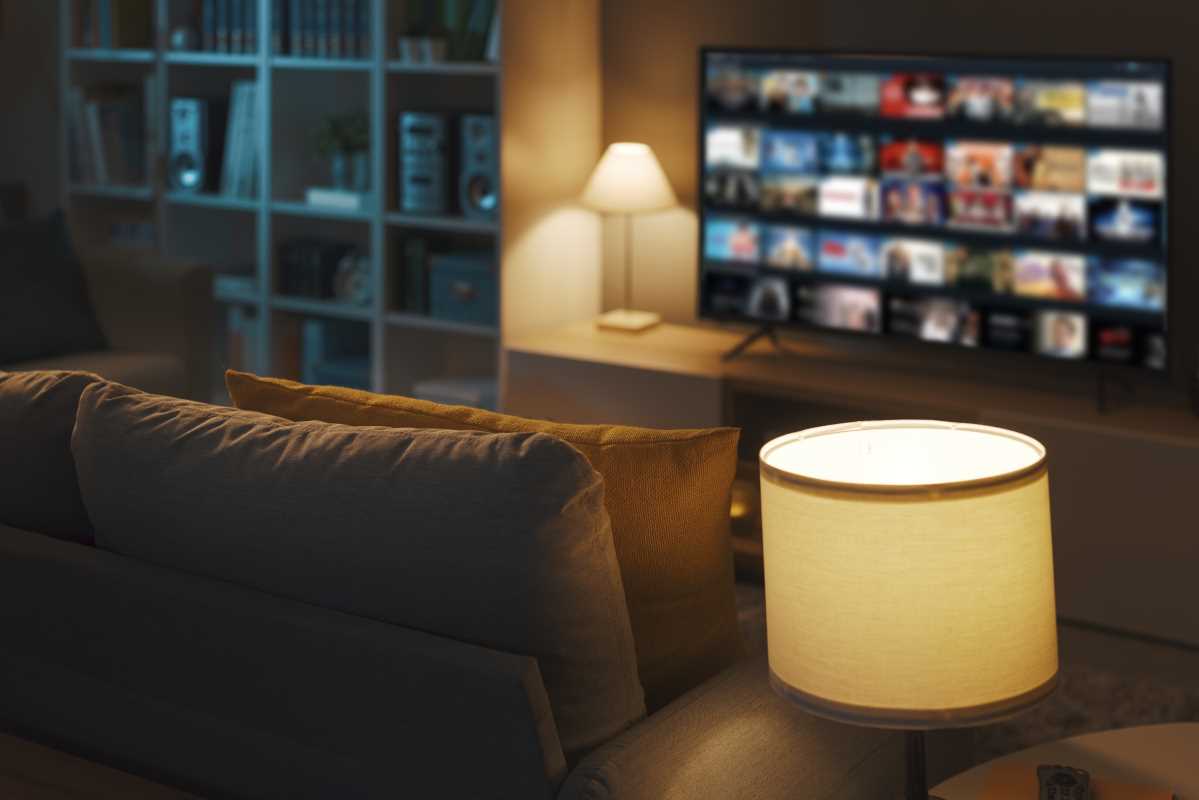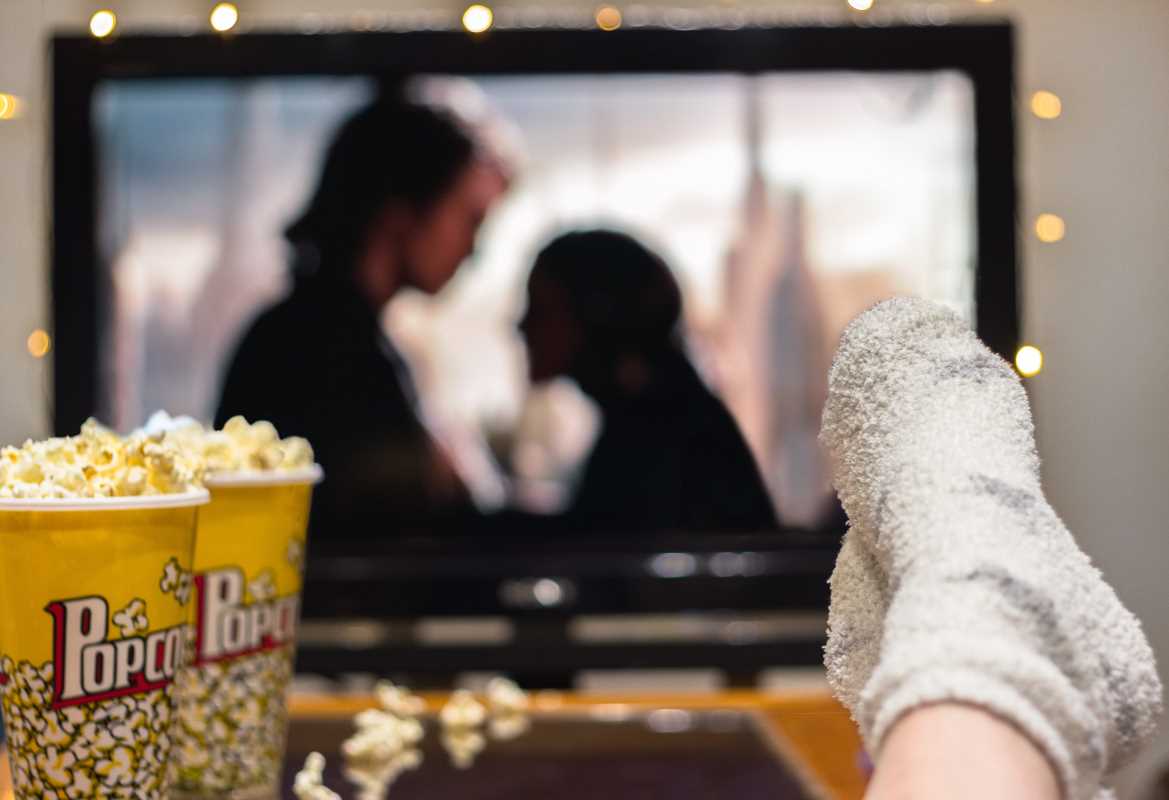Superhero movies have transformed dramatically over the years. Once dominated by male heroes with capes and chiseled jaws, the genre is now broadening its scope. If you look back a couple of decades, most superhero films featured male protagonists, while female characters weren’t usually more than sidekicks or love interests. LGBTQ+ and non-binary representation? Practically non-existent. But times are changing. Today, superhero blockbusters are not only telling more diverse stories but are also reflecting the audiences who love them. These shifts make the genre more inclusive, relatable, and impactful for fans worldwide. Let's explore how gender representation is evolving in superhero films and why these changes are so important for both the industry and its audiences.
The Male-Dominated Past of Superhero Films
For decades, the superhero genre revolved around male characters. Icons like Superman, Batman, Spider-Man, and Iron Man were its poster kids. These movies followed a familiar formula where a lone (usually white) man discovers his powers and combats a villain to save the world. Female roles, when present, were often minimal and revolved around being the love interest or the damsel in distress. Characters such as Lois Lane in Superman or Mary Jane Watson in Spider-Man are glaring examples of this pattern.
This imbalance wasn’t just on the big screen. Behind the scenes, male directors, writers, and producers dominated the genre, deciding which stories were told. This lack of inclusivity often made superhero films less relatable to audiences who couldn’t see themselves in the heroes on screen. If you weren’t part of the boys’ club, the genre might not have seemed to have a space for you.
The Rise of Female-Led Superhero Movies
Then came a major turning point in the mid-2010s. Hollywood finally realized there was a demand for female-driven superhero narratives. The release of Wonder Woman in 2017 was a cultural and box office juggernaut. Directed by Patty Jenkins and starring Gal Gadot, the film earned $652 million worldwide, making it the highest-grossing live-action movie directed by a woman at the time. Wonder Woman proved that superhero movies centered on women could captivate both critical and commercial audiences.
Following closely was Marvel’s Captain Marvel in 2019, starring Brie Larson as Carol Danvers. Despite facing significant backlash online—from review bombs to calls for boycotts aimed at undermining the film’s success—Captain Marvel soared, grossing over $1 billion globally. The movie showed that critics of female-driven storytelling were increasingly outnumbered by fans eager for representation.
These movies weren’t simply about showcasing powerful women but also about weaving themes of empowerment and resilience. They resonated with viewers on a deeper level by addressing hurdles women face and the strength required to overcome them. Stories like these broke away from traditional superhero tropes, making them refreshing and inspiring.
Expanding the Universe with Non-Binary and LGBTQ+ Characters
Another area where progress is being made is in the representation of LGBTQ+ characters and those who don’t conform to traditional gender norms. For years, blockbuster superhero films were devoid of such representation. That is finally starting to change.
Take Marvel’s Eternals (2021), for instance. It introduced Phastos, an openly gay superhero, portrayed by Bryan Tyree Henry. Phastos’s storyline included a husband and son, accompanied by an affectionate kiss on screen. This was a first for the Marvel Cinematic Universe (MCU), and while seemingly minor, it was monumental for LGBTQ+ representation in such a globally consumed genre. Marvel also faced significant challenges, with the film being banned in several countries due to the LGBTQ+ content, but the creators refused to compromise, standing firm on this depiction of family love and authenticity.
Marvel’s Disney+ series Loki also confirmed what fans of Norse mythology and comics already knew. The mischievous god, portrayed by Tom Hiddleston, was officially revealed to be gender-fluid. This detail was subtly integrated into the series to reflect the character’s mythology and enrich Loki’s complex identity.
DC’s Birds of Prey (2020) featured Harley Quinn, a long-standing fan favorite, hinting at her bisexuality. While the film didn’t explicitly explore this aspect of her character, her relationships in the comics and some subtle narrative choices kept the door open for future storytelling. Though not as groundbreaking as other examples, Birds of Prey still contributed to a broader conversation about inclusion in superhero cinema.
Why Representation Matters
Some might ask, “Why is representation in superhero movies such a big deal? Aren’t these films just about entertaining us?” While the primary goal is entertainment, superhero films also serve as cultural touchstones, shaping the way audiences see the world and their place in it. When global audiences see characters who reflect their identities embodying universal themes like bravery, justice, and resilience, it sends a powerful message: anyone can be a hero.
The impact is especially profound for younger viewers. Imagine being a child and seeing a superhero on the big screen who shares your gender identity, sexuality, or lived experiences. These portrayals can be life-changing. They normalize diversity and build empathy, fostering a more inclusive mindset in future generations.
It’s not just audiences that benefit, either. By incorporating diverse stories, superhero movies are becoming even more creatively rich. They uncover new themes, fresh perspectives, and engaging narratives that resonate on a larger scale. Movies like Black Panther showed just how much these changes matter, not only raking in billions at the box office but also sparking cultural conversations about race and representation. Gender inclusivity has the potential to do the same.
What’s Next for Gender Representation in Superhero Movies?
While the road to full gender inclusivity in superhero films is still being paved, the progress so far is promising. The success of female-led movies and the inclusion of LGBTQ+ and non-binary characters have proven that diversity works, not just socially but financially.
The industry still needs more women and non-binary voices behind the camera. Bringing fresh perspectives to the creative process will ensure that superhero films continue to evolve. There’s also room to tell deeper, more complex stories that challenge traditional gender norms and expectations.
Think about how Black Panther reframed our understanding of race and culture in the genre. Superhero movies tackling themes of gender and identity could have just as much of an impact. The foundation is already there, so filmmakers just need the courage to build on it.
 (Image via
(Image via





